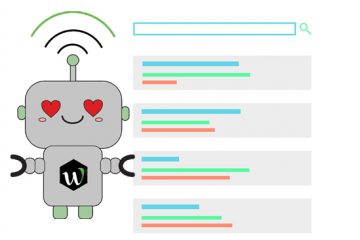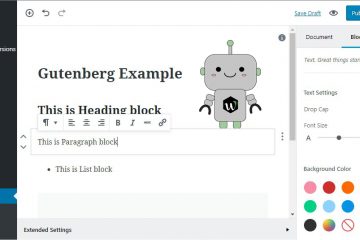[vc_row][vc_column][vc_column_text]How easy do you make it for search engines to crawl your site?
Better question, how easy do you make it for search engines to understand what your site is about through written code and text?
Let’s break down what you need for a good SEO structure by using the terms written code and text.
SEO Structure Analysis: Written Text
Starting with the simplest, the written text you choose for your pages will include the titles, Meta descriptions, keywords, subtitles, and much more.
Everything that a person can read on your website will help search engines, like Google, determine where they should rank your site for relevant search queries.
For this, we can take a look at SEO experts, Yoast and their homepage.[/vc_column_text][/vc_column][/vc_row][vc_row][vc_column][vc_single_image image=”4798″ img_size=”full”][/vc_column][/vc_row][vc_row][vc_column][vc_column_text]You can see how they emphasize their name for branding purposes first, then filter down into the products they want to sell below.
The structure is clean, clear, and easily navigated.
You can also see that under each title is a short description, leading you to the next page for more information.
They also cover their Meta information fairly well.[/vc_column_text][/vc_column][/vc_row][vc_row][vc_column][vc_single_image image=”4799″ img_size=”full”][/vc_column][/vc_row][vc_row][vc_column][vc_column_text]Again, their title focuses on the brand and “SEO.” The description you write should accurately assess what your business does and mention the keyword you want to rank for while you do it.
SEO Structure Analysis: Code
Just like the language you use, the code that makes the page should be clean for proper SEO structure. This includes:
Uniform Resource Identifiers (URI) a string of characters used to identify a resource.
Rel=canonical! Or “canonicallink”, is an HTML element that helps webmasters prevent duplicate content issues (which Google might punish you for).
Hreflang “Many websites serve users from around the world with content translated or targeted to users in a certain region. Google uses the rel=”alternate” hreflang=”x” attributes to serve the correct language or regional URL in Search results.”[/vc_column_text][/vc_column][/vc_row][vc_row][vc_column][vc_single_image image=”4800″ img_size=”full”][/vc_column][/vc_row][vc_row][vc_column][vc_column_text]Speed is another important factor that plays into your structural SEO. Changing things like the size of images, cutting down cumbersome CSS or HTML, and changing the font type can significantly improve your site speed.
All of these elements and hundreds of other signals culminate to a beautiful user experience that your customers are sure to enjoy.
Broken links is another thing you need to be on the prowl for, having dead pages and links that go nowhere isn’t something you want a customer or Google to come across.
Take a look at some of these great resources you can use to assess the SEO value of your website structure.
WebPageTest – Allows you to run a free speed test from locations around the world so you can test the speed of your website.
Snafu – We highly recommend using one of the two to check and see if you have any broken links (as mentioned above).[/vc_column_text][/vc_column][/vc_row]


